Buying a Used Car
Buying a lemon?
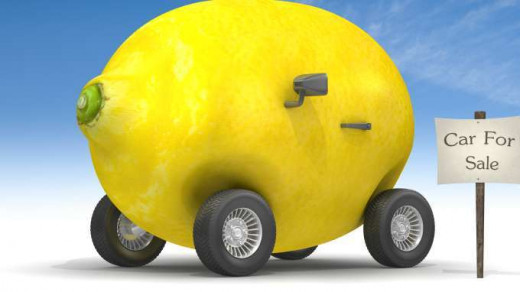

First step: Research
Prior to seeing it in person, first step you need to do research on the make, model and year for comparable prices and conditions to get a feel from the market integrity. It can be from ebay motors, autotrader, craiglist, Kelly blue book, and/or Canadian black book (depends on your location). Take a note of the common and typical issues with this type of vehicle. Make sure to pay extra attention to those trouble areas.
Second step: Call the owner
Call the owner to get a baseline of the car condition and get better feel of the sellers personality. You are not just judging the condition of the car but the integrity of the seller to try to uncover the facts. Ask about the maintenance records and if there are any accidents on the vehicle. Vehicle claims records can be found by the insurance company and car fax (depending where you are located). Once you become comfortable with the sellers answers, set up the time to see the car.
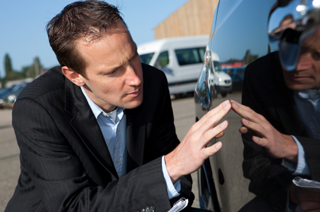
Third step: Visual inspection
When first looking at the car, take a quick walk around the vehicle to get a broad feel of the condition of the vehicle. Look at the body panels for any paint imperfections, dings, dents, and scratches. Next, begin to look smaller sections. Open all compartments to inspect and feel the outer edges of the jams. This include the trunk, doors, and hood for any signs of over spray which can possibly mean it was repainted. Also look for and paint blemish and blending signs from the body shop. Measure the gaps on the trunk, hood and doors to make sure they are even. Finally, look at the rims/wheels for any scuffs or gouges. Factor in any of these cosmetic costs into the price and to make your decision.
Then take a quick look at the tires' tread depth and any uneven wear which could be a sign of alignment or suspension issues. Also, inspect the windshield for chips and cracks. And finally open the hood to see if there is anything visually wrong or out of place such as electrical tape around the intake hose, rodent droppings, etc.
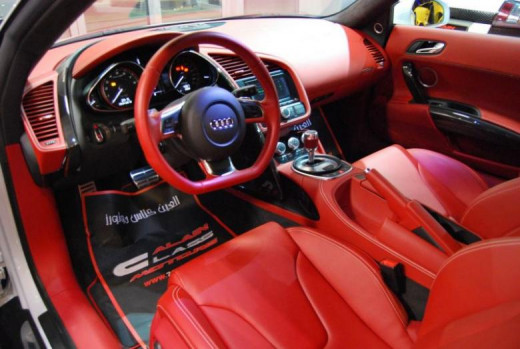
Fourth step: inspect the interior
Inspecting the interior can be tricky because of the fabrics, leathers, and electrical components. Use your hands to push, poke, and/or pull things such as door handles, visors, and vents. Play with all the electrical switches such as windows, radio, locks, heater and air conditioning controls. Check the seats to make sure they move freely on its track and that its not worn, cracked, or dried out. Make sure to squeeze the upholster and look at the seams for rips or cracks. Check the headliners to see if there are signs of water leaks or if it is sagging. Also, take a sniff of the interior air and when the heater and air conditioning is on to see if you notice any abnormal odour which can mean there is mold growing somewhere.
Then start up the vehicle and play with the pedals to test the feel of it. Check if all the gauges and lights are functioning properly. For example, make sure warning lights like "check engine light" and "airbag light" comes on when the ignition is first turned on.

Fifth step: Let the owner take you for a drive
This is a unique technique in gathering information and facts about the car. This way you can look, listen and smell without having to focus on driving on the road. Keep a close eye on how the owner treats the car such as "does he ride the clutch, over rev the engine, or is he a hard braker." All things to keep in mind.
Sixth step: Test drive the vehicle
Now, its your turn to drive. Look and smell if there are any oil leaks and/or excessive smoke during start up. During the drive, focus on the ride quality, steering feel, and if the brakes are spongy so you are familiar with the drive quality of the vehicle before you talk to your inspection mechanic. For the road test, drive over bumps to listen for any abnormal noises and make sure to perform full left and right turns to test the steering.
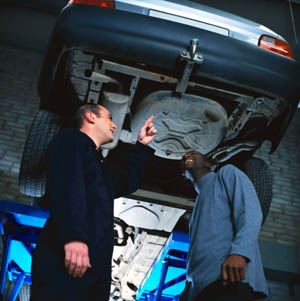
Seventh step: Inspection
It is ideal to find a mechanic who specialize in the make and model of the vehicle but this is not always possible. The minimum is to find a reliable mechanic who you can trust. Spending an extra feel dollars for the inspection can save you money later on.
During the inspection, the mechanic will take the vehicle for a test drive to see if they noticed any drivability problems. Then they will put the vehicle up on the hoist to inspect for structural damage and any possible rust issues at all four corners of the car. An optional step which may cost additional money is an engine compression test on all cylinders. This will be recommended if you are planning to buy an sports car or classic. After the inspection, you will be able to determine if there are any current and possible future issues with the vehicle.
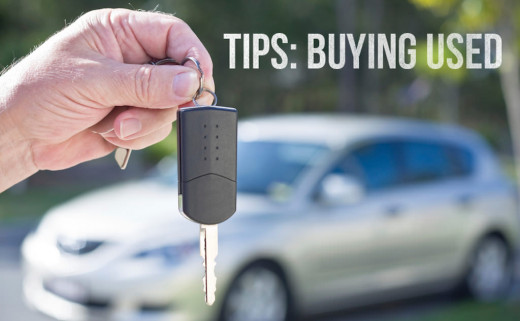
Final step: To buy or not to buy! That is the question!
Now after you made it through all the steps, you have to determine and negotiate the value of the car. Make sure to subtract the cost of the current issues, the potential issues and the upcoming maintenance work for the vehicle.



